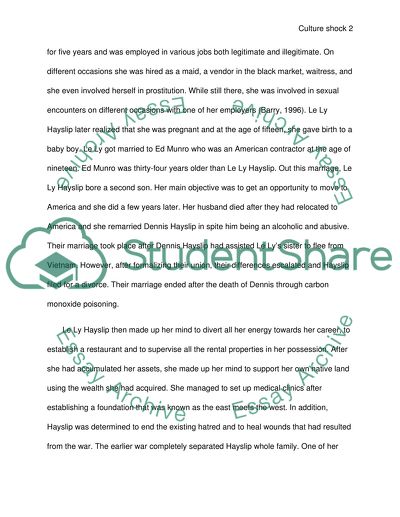Cite this document
(“Cross Cultural Transitions Research Paper Example | Topics and Well Written Essays - 3750 words”, n.d.)
Retrieved de https://studentshare.org/culture/1391683-cross-cultural-transitions-understanding-culture
Retrieved de https://studentshare.org/culture/1391683-cross-cultural-transitions-understanding-culture
(Cross Cultural Transitions Research Paper Example | Topics and Well Written Essays - 3750 Words)
https://studentshare.org/culture/1391683-cross-cultural-transitions-understanding-culture.
https://studentshare.org/culture/1391683-cross-cultural-transitions-understanding-culture.
“Cross Cultural Transitions Research Paper Example | Topics and Well Written Essays - 3750 Words”, n.d. https://studentshare.org/culture/1391683-cross-cultural-transitions-understanding-culture.


